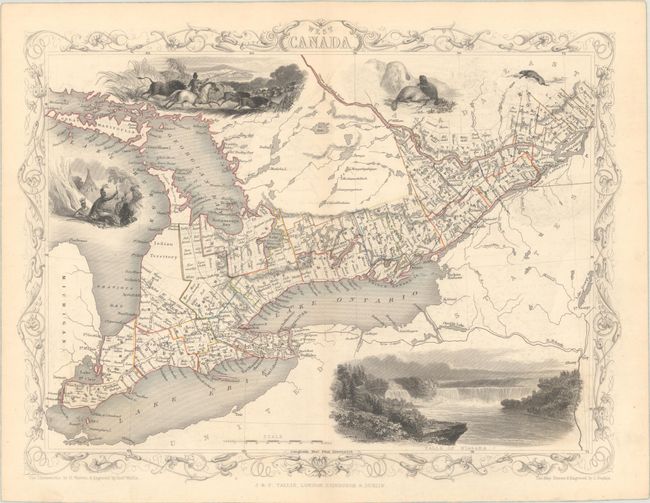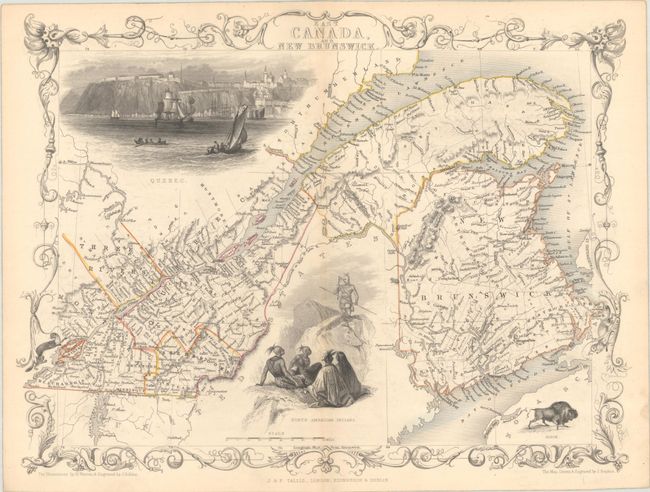Catalog Archive


Auction 195, Lot 123
"[Lot of 2] West Canada [and] East Canada, and New Brunswick", Tallis, John
Subject: Eastern Canada
Period: 1850 (circa)
Publication: Illustrated Atlas and Modern History of the World
Color: Hand Color
Size:
13 x 9.9 inches
33 x 25.1 cm
Download High Resolution Image
(or just click on image to launch the Zoom viewer)
(or just click on image to launch the Zoom viewer)

